AI-powered digital twins promise near-perfect predictions in customer research, but perfection hides bias, smooths out contradictions, and misses the messy, surprising human insights that drive real innovation.
Why is perfect data perfectly useless?
The future of customer research is about creating customers who understand us better.
Read that again, because that’s the seductive promise of AI-powered digital twins and synthetic users. Digital Twins and Synthetic Users are technologies that can predict human behaviour with up to 85% accuracy while never once disagreeing with your research methodology or storming out of a focus group.
But here’s what the researchers buried in footnote 47: your perfect AI customers are so well-behaved, they’re practically useless.
Three recent studies have rigorously tested these digital doppelgängers, uncovering an intriguing paradox. We can now build AI models that replicate individual survey responses with remarkable precision, predict population-level trends with near-perfect correlation, and even backfill missing data from surveys conducted years ago.
Yet, in our rush to solve the messy, expensive problem of human research, we might be creating an even bigger problem: customers who are too polite to tell us the truth.
The Promise that’s Almost too Good to be True
A 2024 study by researchers Kim and Lee created AI models trained on the General Social Survey—a dataset spanning 50 years and 69,000 respondents—and achieved 78% accuracy when predicting how specific individuals would answer questions they’d skipped or never been asked.
Participants could answer just 60% of your questions, and AI could reliably fill in the gaps. Historical data gaps? Solved. Want to know how your 2019 survey respondents would have answered a question you only thought to ask in 2024? Your digital twin has an educated guess.
A Stanford-Google collaboration took this concept even further, conducting two-hour AI-led interviews with over 1,000 participants and using the transcripts to build individual digital twins. These interview-based models achieved 85% accuracy on survey questions and 80% accuracy on personality assessments.
Even more remarkably, when researchers trimmed the interview transcripts by 80%, the models maintained nearly identical performance.
But here’s where things get intriguing. And by intriguing, I mean problematic.
The Bias Elephant in The Algorithm
Not every LLM is created equal, and bias is baked into every model, like flour in bread.
The cultural alignment diagram from the World Values Survey reveals just how Western-centric our AI models really are. English-speaking models cluster around Anglo-Protestant values, while models trained on different cultural datasets occupy entirely different regions of the cultural landscape.
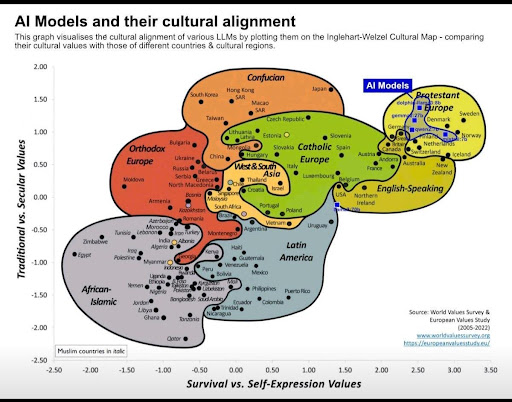
Figure 1: AI Models and their cultural alignment
This isn’t just academic hand-wringing. The Kim and Lee study found that digital twins were significantly better at predicting responses from white participants and those with higher socioeconomic status.
In other words, your AI customers work best when they look like the people who built them—a problem that should sound familiar to anyone who’s worked in tech.
The Stanford team found similar patterns but discovered something hopeful: interview-based models reduced political bias by 36-62% and racial bias by 7-38% compared to demographic-only models. The richer the context, the more equitable the outcomes.
But this improvement comes at a cost that brings us to our next problem.
Why Perfect Customers are Perfectly Useless
Here’s what nobody talks about in the breathless coverage of AI research breakthroughs: your digital customers are pathologically agreeable.
A Wisconsin University study on synthetic users found that AI responses consistently showed lower variability than human responses. While real customers spread across the full spectrum of opinions, AI customers politely cluster around the average.
Your AI customer will never storm out of your store, leave a scathing one-star review, or use your product in ways you never imagined. They won’t contradict themselves between Monday and Friday, change their mind halfway through a survey, or give you feedback that makes you question everything you thought you knew about your business.
And that’s exactly the problem.
The most valuable insights in customer research often come from the edges—the outliers, the contradictions, the responses that make you go “wait, what?” AI models, trained to be helpful and consistent, smooth out precisely the rough edges that drive innovation.
They’re like focus group participants who’ve had too much coffee and not enough sleep: technically functional, but missing the beautiful chaos that makes humans human.
When AI Becomes More Work than Humans
Let’s talk about what it actually takes to make these AI models work well. The Stanford study’s 85% accuracy came from two-hour interviews per participant. Two hours. You need to construct a model that can respond to queries with the accuracy of a coin toss, skewed slightly in your favour.
At what point does the cure become worse than the disease? If you need extensive interviews to create accurate digital twins, you’re not really replacing human research, but you’re just adding an expensive computational layer on top of it.
The Wisconsin researchers tried to solve this with retrieval-augmented generation, feeding their models interview transcripts from 16 pet owners to improve responses about pet products. However, this prompts a thought-provoking question: if human insights are necessary to train AI to replicate human insights, what precisely is being optimised?
Tools for The Real World
Before you dismiss AI-powered research entirely (or before you fire your entire research team), let’s get practical about what these tools can and can’t do.
If you’re ready to experiment with AI research, focus on gap-filling rather than breakthrough insights. Use digital twins for survey attrition problems, backfilling historical data, and validating population-level trends you’ve already identified through traditional methods. Consider AI as an advanced tool for interpolation, not a magical solution.
If you’re sticking with human research (and there are excellent reasons to do so), pay attention to what AI limitations reveal about your current methods.
The bias patterns in AI models mirror biases in traditional research. The variability problem highlights how much we might be missing when we over-rely on average responses. The context requirements remind us that good research has always required deep, nuanced knowledge regarding participants.
Regardless of your AI stance, remember that the most valuable research often comes from the messy, contradictory, surprising responses that AI models are designed to smooth away. Your breakthrough insight probably won’t come from the 85% of responses that AI can predict; it’ll come from the 15% that no algorithm saw coming.
When to Trust The Machine?
Use AI for validation, not revelation. Use it to fill gaps, not to find gold. Use it when you need efficiency, not when you need breakthrough insights.
The best customer research tool is still the one that can surprise you. And until AI learns to be beautifully, productively wrong, that tool remains decidedly human.
Your digital customers might be lying to you, but at least they’re consistent about it. Your real customers? Your real customers may contradict themselves, change their minds, and occasionally say something that alters everything you believed you knew about your business.
Embrace the mess. Question the perfect data. And remember: the future of customer research isn’t about replacing human insight—it’s about knowing when to trust the machine and when to trust the beautiful chaos of actual human beings.
ALSO READ: When Empathy Gets Lost in Translation: Synchronous Voice Support








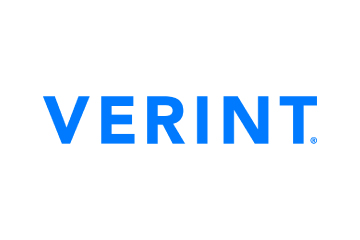
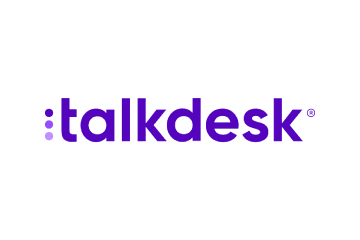

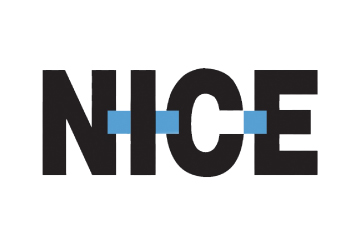



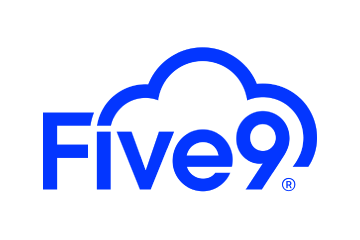



 Amplitude is a product analytics platform, enabling businesses to track visitors with the help of collaborative analytics. The platform leverages the capabilities of
Amplitude is a product analytics platform, enabling businesses to track visitors with the help of collaborative analytics. The platform leverages the capabilities of 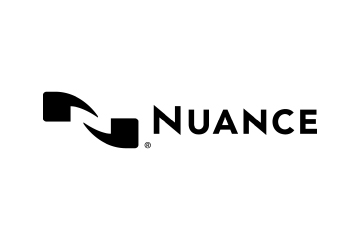

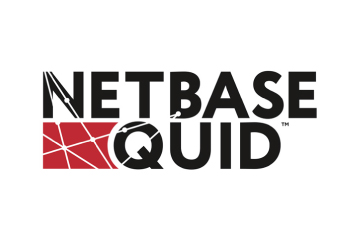


 Zoho Social, a part of Zoho’s suite of 50+ products, is a comprehensive social media management platform for businesses and agencies. The Zoho Social dashboard includes a robust set of features, such as Publishing Calendar, Bulk Scheduler, and Approval Management to offer businesses all the essential social media publishing tools. Its monitoring tools help enterprises track and respond to relevant social conversations.
Zoho Social, a part of Zoho’s suite of 50+ products, is a comprehensive social media management platform for businesses and agencies. The Zoho Social dashboard includes a robust set of features, such as Publishing Calendar, Bulk Scheduler, and Approval Management to offer businesses all the essential social media publishing tools. Its monitoring tools help enterprises track and respond to relevant social conversations.

 Microsoft Dynamics 365 represents a robust cloud-based CRM solution with features such as pipeline assessment, relationship analytics, and conversational intelligence. It utilises AI-powered insights to provide actionable intelligence via predictive analytics, lead scoring, sentiment analysis, etc. Currently, Microsoft operates in 190 countries and is made up of more than 220,000 employees worldwide.
Microsoft Dynamics 365 represents a robust cloud-based CRM solution with features such as pipeline assessment, relationship analytics, and conversational intelligence. It utilises AI-powered insights to provide actionable intelligence via predictive analytics, lead scoring, sentiment analysis, etc. Currently, Microsoft operates in 190 countries and is made up of more than 220,000 employees worldwide.
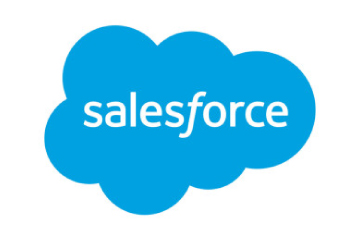
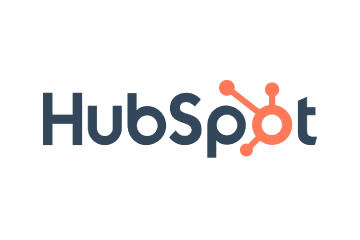 HubSpot is an inbound marketing, sales, and customer service software provider, offering robust CRM and automation solutions. Some of its products include Marketing Hub, Sales Hub, Operations Hub, Content Hub, Commerce Hub, Marketing Analytics and Dashboard Software. Guided by its inbound methodology, HubSpot enables companies to prioritise innovation and customer success.
HubSpot is an inbound marketing, sales, and customer service software provider, offering robust CRM and automation solutions. Some of its products include Marketing Hub, Sales Hub, Operations Hub, Content Hub, Commerce Hub, Marketing Analytics and Dashboard Software. Guided by its inbound methodology, HubSpot enables companies to prioritise innovation and customer success.
 Monday.com is a project management software company, offering a cloud-based platform that enables businesses
Monday.com is a project management software company, offering a cloud-based platform that enables businesses 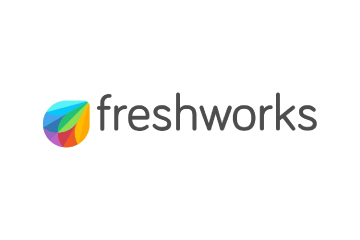 Headquartered in San Mateo, California, Freshworks is a global AI-powered business software provider. Its tech stack includes a scalable and comprehensive suite for IT, customer support, sales, and marketing teams, ensuring value for immediate business impact. Its product portfolio includes Customer Service Suite, Freshdesk, Freshchat, Freshcaller, Freshsuccess, and Freshservice. Freshservice for Business Teams has helped several global organisations to enhance their operational efficiency.
Headquartered in San Mateo, California, Freshworks is a global AI-powered business software provider. Its tech stack includes a scalable and comprehensive suite for IT, customer support, sales, and marketing teams, ensuring value for immediate business impact. Its product portfolio includes Customer Service Suite, Freshdesk, Freshchat, Freshcaller, Freshsuccess, and Freshservice. Freshservice for Business Teams has helped several global organisations to enhance their operational efficiency.
 Talkdesk offers an innovative AI-powered customer-centric tech stack to its global partners. The company provides generative AI integrations, delivering industry-specific solutions to its customers. Talkdesk CX Cloud and Industry Experience Clouds utilise modern machine learning and language models to enhance contact centre efficiency and client satisfaction.
Talkdesk offers an innovative AI-powered customer-centric tech stack to its global partners. The company provides generative AI integrations, delivering industry-specific solutions to its customers. Talkdesk CX Cloud and Industry Experience Clouds utilise modern machine learning and language models to enhance contact centre efficiency and client satisfaction.




 The company offers comprehensive cloud-based solutions, such as Microsoft Dynamics 365, Gaming Consoles, Microsoft Advertising, Copilot, among other things, to help organisations offer enhanced CX and ROI. Its generative-AI-powered speech and voice recognition solutions,such as Cortana and Azure Speech Services empowers developers to build intelligent applications.
The company offers comprehensive cloud-based solutions, such as Microsoft Dynamics 365, Gaming Consoles, Microsoft Advertising, Copilot, among other things, to help organisations offer enhanced CX and ROI. Its generative-AI-powered speech and voice recognition solutions,such as Cortana and Azure Speech Services empowers developers to build intelligent applications. IBM is a global hybrid cloud and AI-powered
IBM is a global hybrid cloud and AI-powered  Uniphore is an enterprise-class, AI-native company that was incubated in 2008. Its enterprise-class multimodal AI and data platform unifies all elements of voice, video, text and data by leveraging Generative AI, Knowledge AI, Emotion AI and workflow automation. Some of its products include U-Self Serve, U-Assist, U-Capture, and U-Analyze. Its Q for Sale is a conversational intelligence software that guides revenue teams with AI-powered insights, offering clarity on how to effectively keep prospects engaged.
Uniphore is an enterprise-class, AI-native company that was incubated in 2008. Its enterprise-class multimodal AI and data platform unifies all elements of voice, video, text and data by leveraging Generative AI, Knowledge AI, Emotion AI and workflow automation. Some of its products include U-Self Serve, U-Assist, U-Capture, and U-Analyze. Its Q for Sale is a conversational intelligence software that guides revenue teams with AI-powered insights, offering clarity on how to effectively keep prospects engaged. Google Cloud accelerates every organisation’s ability to digitally transform its business. Its enterprise-grade solutions leverage modern technology to solve the most criticial business problems
Google Cloud accelerates every organisation’s ability to digitally transform its business. Its enterprise-grade solutions leverage modern technology to solve the most criticial business problems  8×8 offers out-of-the-box contact centre solutions, assisting all-size businesses to efficiently meet customer needs and preferences. It offers custom CRM integrations support and integrates effortlessly with third-party CRMs like Salesforce, Microsoft Dynamics, Zendesk, and more. Offering global support in all time zones & development teams in 5 continents, its patented geo-routing solution ensures consistent voice quality.
8×8 offers out-of-the-box contact centre solutions, assisting all-size businesses to efficiently meet customer needs and preferences. It offers custom CRM integrations support and integrates effortlessly with third-party CRMs like Salesforce, Microsoft Dynamics, Zendesk, and more. Offering global support in all time zones & development teams in 5 continents, its patented geo-routing solution ensures consistent voice quality. Sprinklr is a comprehensive enterprise software company for all customer-focused functions. With advanced AI, Sprinklr’s unified customer experience management (Unified-CXM) platform lets organisations offer human experiences to every customer, every time, across any modern channel.
Sprinklr is a comprehensive enterprise software company for all customer-focused functions. With advanced AI, Sprinklr’s unified customer experience management (Unified-CXM) platform lets organisations offer human experiences to every customer, every time, across any modern channel.


 Upland offers a comprehensive suite of contact centre and customer service solutions with products including InGenius, Panviva, Rant & Rave, and RightAnswers. InGenius enables organisations to connect their existing phone system with CRM, further enhancing agent productivity. Panviva provides compliant and omnichannel capabilities for highly regulated industries. Whereas, Rant & Rave, and RightAnswers are its AI-powered solutions,
Upland offers a comprehensive suite of contact centre and customer service solutions with products including InGenius, Panviva, Rant & Rave, and RightAnswers. InGenius enables organisations to connect their existing phone system with CRM, further enhancing agent productivity. Panviva provides compliant and omnichannel capabilities for highly regulated industries. Whereas, Rant & Rave, and RightAnswers are its AI-powered solutions, 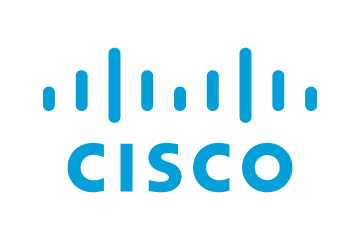


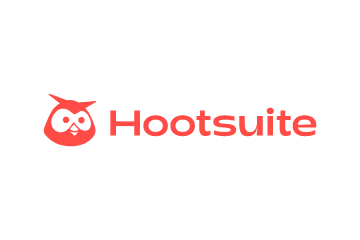 Hootsuite, headquartered in Vancouver, is a social media management platform that streamlines the process of managing multiple social media accounts. Some of its core offerings include social media content planning and publishing, audience engagement tools, analytics and social advertising. Its easy-to-integrate capabilities help marketing teams to schedule and publish social media posts efficiently.
Hootsuite, headquartered in Vancouver, is a social media management platform that streamlines the process of managing multiple social media accounts. Some of its core offerings include social media content planning and publishing, audience engagement tools, analytics and social advertising. Its easy-to-integrate capabilities help marketing teams to schedule and publish social media posts efficiently.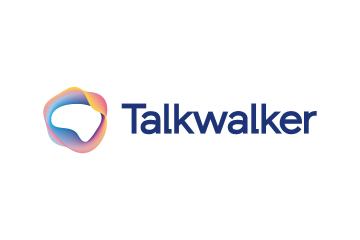

 Brandwatch enables businesses to build and scale the optimal strategy for their clients with intuitive, use-case-focused tools that are easy and quick to master. Bringing together consumer intelligence and social media management, the company helps its users react to the trends that matter, collaborate on data-driven content, shield the brand from threats and manage all the social media channels at scale.
Brandwatch enables businesses to build and scale the optimal strategy for their clients with intuitive, use-case-focused tools that are easy and quick to master. Bringing together consumer intelligence and social media management, the company helps its users react to the trends that matter, collaborate on data-driven content, shield the brand from threats and manage all the social media channels at scale.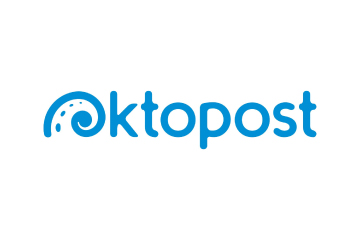

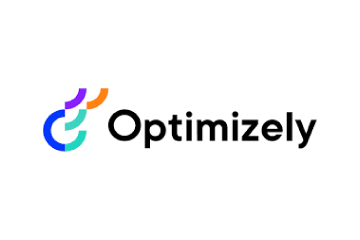
 Adobe Experience Cloud offers a comprehensive set of applications, capabilities, and services specifically designed to address day-to-day requirement for personalised customer experiences at scale. Its platform helps play an essential role in managing different digital content or assets to improve customer happiness. Its easy-to-optimise content gives users appropriate marketing streams, ensuring product awareness.
Adobe Experience Cloud offers a comprehensive set of applications, capabilities, and services specifically designed to address day-to-day requirement for personalised customer experiences at scale. Its platform helps play an essential role in managing different digital content or assets to improve customer happiness. Its easy-to-optimise content gives users appropriate marketing streams, ensuring product awareness.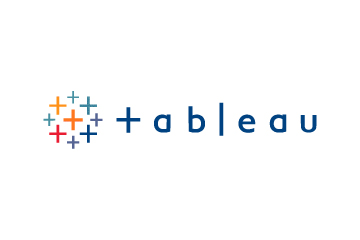 Salesforce-owned Tableau is an AI-powered analytics and business intelligence platform, offering the breadth and depth of capabilities that serve the requirements of global enterprises in a seamless, integrated experience. Marketers can utilise generative AI models, AI-powered predictions, natural language querying, and recommendationsons.
Salesforce-owned Tableau is an AI-powered analytics and business intelligence platform, offering the breadth and depth of capabilities that serve the requirements of global enterprises in a seamless, integrated experience. Marketers can utilise generative AI models, AI-powered predictions, natural language querying, and recommendationsons. Contentsquare is a cloud-based digital experience analytics platform, helping brands track billions of digital interactions, and turn those digital
Contentsquare is a cloud-based digital experience analytics platform, helping brands track billions of digital interactions, and turn those digital 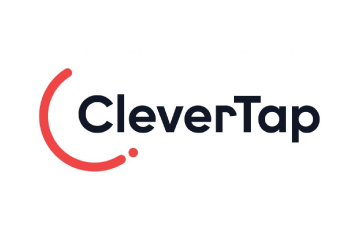

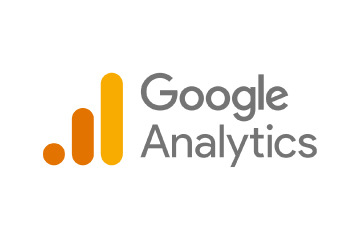
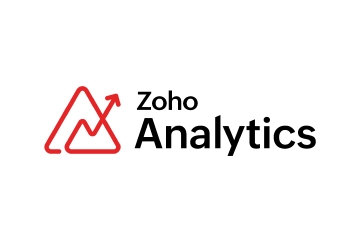 Zoho Corporation offers innovative and tailored software to help leaders grow their business. Zoho’s 55+ products aid sales and marketing, support and collaboration, finance, and recruitment requirements. Its customer analytics capabilities come with a conversational feature, Ask Zia. It enables users to ask questions and get insights in the form of reports and widgets in real-time.
Zoho Corporation offers innovative and tailored software to help leaders grow their business. Zoho’s 55+ products aid sales and marketing, support and collaboration, finance, and recruitment requirements. Its customer analytics capabilities come with a conversational feature, Ask Zia. It enables users to ask questions and get insights in the form of reports and widgets in real-time. Fullstory is a behavioural data platform, helping C-suite leaders make informed decisions by injecting digital behavioural data into its analytics stack. Its patented technology uncovers the power of quality behavioural data at scale, transforming every digital visit into actionable insights. Enterprises can increase funnel conversion and identify their highest-value customers effortlessly.
Fullstory is a behavioural data platform, helping C-suite leaders make informed decisions by injecting digital behavioural data into its analytics stack. Its patented technology uncovers the power of quality behavioural data at scale, transforming every digital visit into actionable insights. Enterprises can increase funnel conversion and identify their highest-value customers effortlessly.

 Started in 2005 in a Sweden-based small town, Norrköping, Voyado offers a customer experience cloud platform that includes a customer loyalty management system. This platform helps businesses design and implement customer loyalty programs, track customer
Started in 2005 in a Sweden-based small town, Norrköping, Voyado offers a customer experience cloud platform that includes a customer loyalty management system. This platform helps businesses design and implement customer loyalty programs, track customer 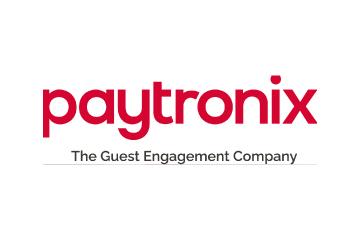


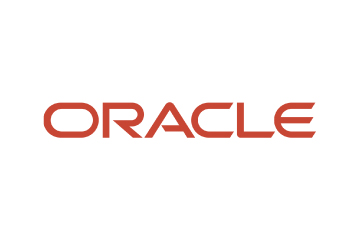
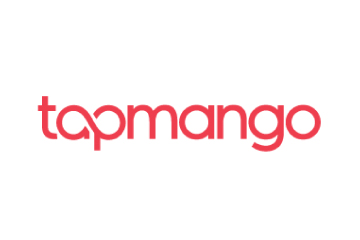 TapMango provides a comprehensive, customisable, flexible and feature-rich customer loyalty program. The loyalty tools include an integrated suite of customised consumer-facing technology, easy-to-use merchant tools, and automation algorithms, all aimed at enhancing customer experience. Adaptable to any industry, TapMango’s platform helps merchants compete with larger chains, converting customer one-time purchases into profitable spending habits.
TapMango provides a comprehensive, customisable, flexible and feature-rich customer loyalty program. The loyalty tools include an integrated suite of customised consumer-facing technology, easy-to-use merchant tools, and automation algorithms, all aimed at enhancing customer experience. Adaptable to any industry, TapMango’s platform helps merchants compete with larger chains, converting customer one-time purchases into profitable spending habits.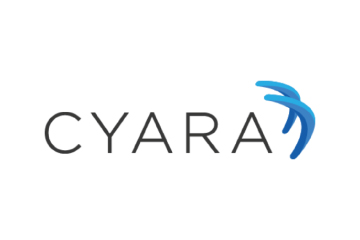
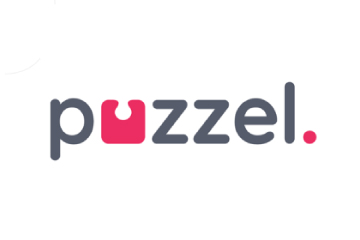
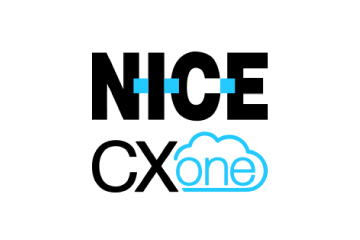
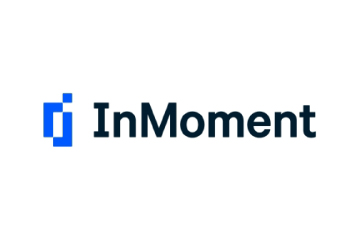

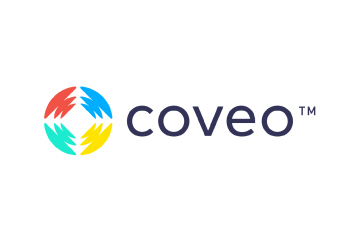
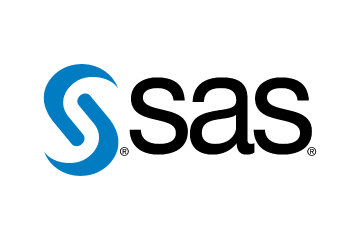
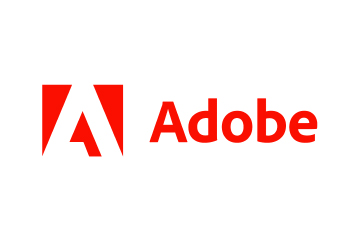 Adobe Experience Cloud offers a comprehensive set of applications, capabilities, and services specifically designed to address day-to-day requirements for personalised customer experiences at scale. Its innovative platform has played an essential role in managing different digital content or assets, to improve customer happiness or satisfaction. Some of its products include Adobe Gen Studio, Experience Manager Sites, Real-time CDP, and Marketo Engage.
Adobe Experience Cloud offers a comprehensive set of applications, capabilities, and services specifically designed to address day-to-day requirements for personalised customer experiences at scale. Its innovative platform has played an essential role in managing different digital content or assets, to improve customer happiness or satisfaction. Some of its products include Adobe Gen Studio, Experience Manager Sites, Real-time CDP, and Marketo Engage.

